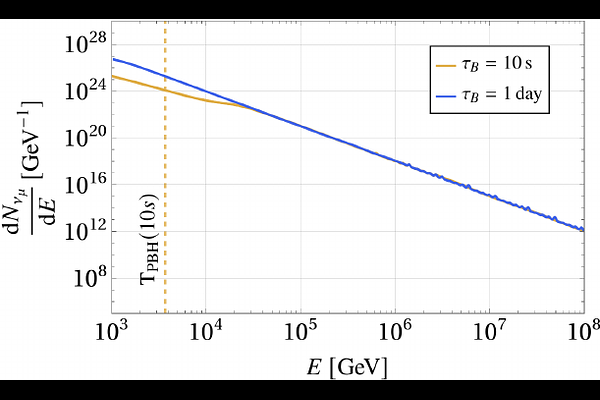Chasing Serendipity: Tackling Transient Sources with Neutrino Telescopes

Chasing Serendipity: Tackling Transient Sources with Neutrino Telescopes
Lua F. T. Airoldi, Gustavo F. S. Alves, Yuber F. Perez-Gonzalez, Gabriel M. Salla, Renata Zukanovich Funchal
AbstractThe discovery of ultra-high-energy neutrinos by IceCube marked the beginning of neutrino astronomy. Yet, the origin and production mechanisms of these neutrinos remain open questions. With the recent observation of the highest-energy neutrino event to date by the KM3NeT collaboration, transient sources - astrophysical objects that emit particles in brief, localized bursts - have emerged as promising candidates. In this work, we revisit the identification of such sources in IceCube and future neutrino telescopes, focusing on how both the timing and sky localization of the source affect the detection sensitivity. We highlight the crucial role of the source's right ascension in determining the effective area of detectors not located at the poles, such as KM3NeT, and present a framework to consistently account for this dependence. As a case study, we investigate evaporating primordial black holes (PBHs) as transient neutrino sources, showing that the detection prospects and localization accuracy are strongly influenced by the PBH's position in the sky. Our results emphasize the complementarity between neutrino and gamma-ray observatories and showcase the potential of a global network of neutrino detectors to identify and localize transient events that might be missed by traditional photon-based instruments.